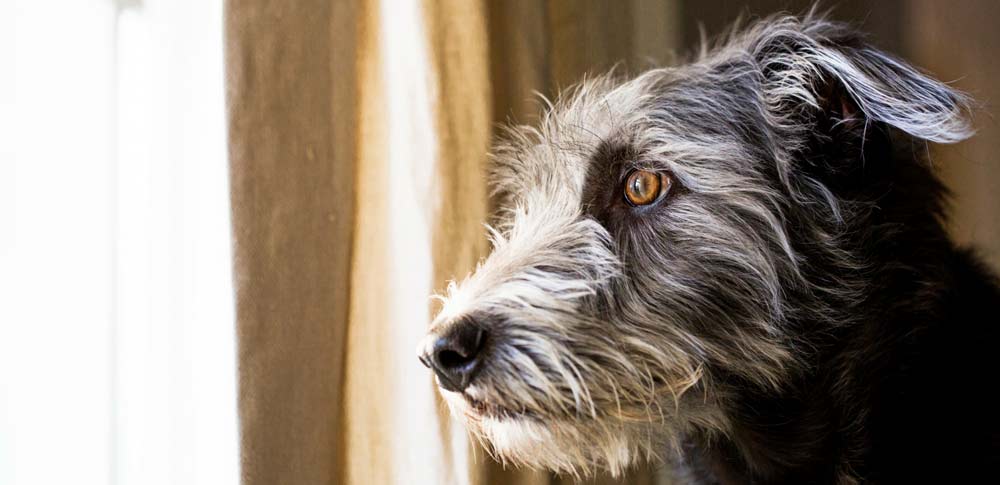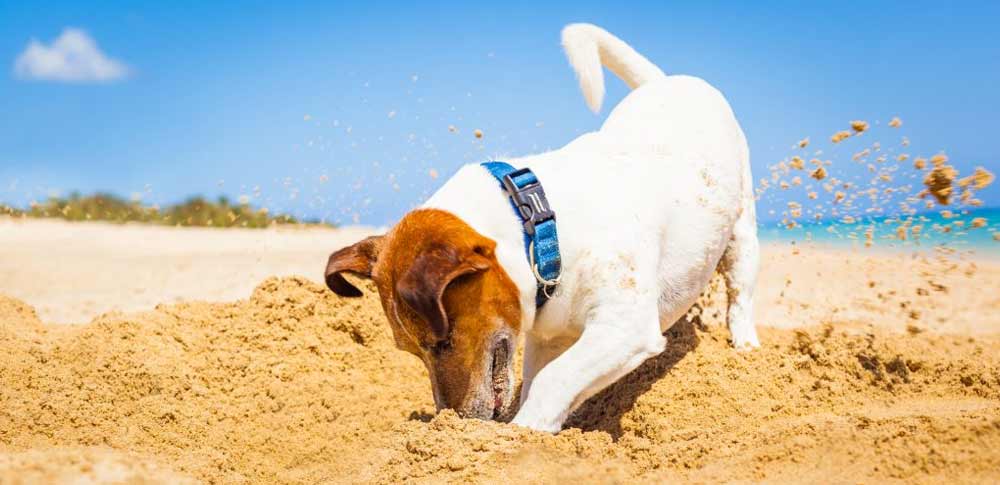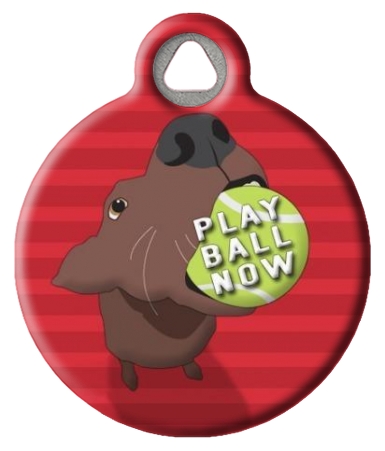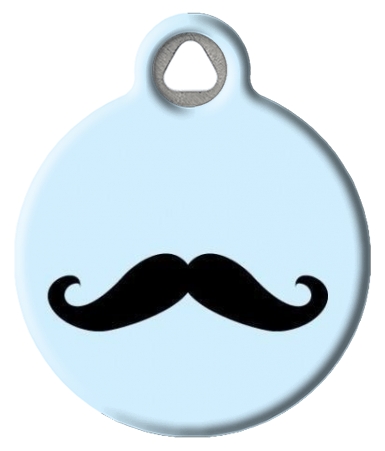Did you know that scientists have proven that dogs can have the same disorder that presents in humans as OCD? That's right, pups with this problem have similar behavior issues, respond to the same medications and even have a genetic basis for the disorder - just like humans!
Canine Compulsive Disorder - The Dog Version of OCD

Canine Compulsive Disorder, or CCD, is the dog version of OCD in people. Both are anxiety disorders that affect normal behavior. What does CCD involve? Well, in humans, OCD can cause a person to perform specific rituals repeatedly. This could be washing their hands excessively or locking and unlocking a door over and over. Dogs with CCD show similar repetitive behaviors, although in their case it could be licking their paws repeatedly, chasing shadows or even snapping at the air over and over.
What We Can Learn from CCD

About 2% of all people in the United States have been diagnosed with OCD, but doctors still don't understand the disorder well and it can be difficult to diagnose. Interestingly, scientists think we can learn a lot about the disorder from our canine companions.
Recently, an MRI study (the first of its kind) was completed on eight CCD affected Doberman pinschers. Why were Dobermans chosen for the study? Surprisingly, they are the first breed to have shown a genetic basis for CCD. The breed also has a very high prevalence of the disorder with about 28% of all U.S. Dobermans being affected.
The results of the study were fascinating. It revealed that dogs and people actually share certain brain characteristics. Specifically it showed that dogs with CCD have higher total brain and gray matter volumes and lower gray matter densities in certain parts of the brain. This corresponds with findings on the structure of people brains' that are affected by OCD.
Scientists hope that further studies will reveal how brains develop, how and when genes interact with their environment and why they sometimes cause disorders in both people and canines. It is also particularly exciting to find similarities like these in dogs. Since they live with us and share much of our lives and routines, they are an excellent model for understanding how anxiety works and how it can be treated.
How to Help a Dog with CCD

If you notice repetitive, detrimental behaviors in your pet it is always a good idea to make a trip to the vet's office to rule out any other underlying issues. However, if you both suspect your pet has CCD, there are a few things you can do to help reduce their anxiety:
• Don't reinforce obsessive behavior. For example, if your dog chases their tail repeatedly and it is just so cute you can't help but make a big deal out of it, your dog may pick up on your cues. You could reinforce a detrimental behavior without realizing it.
• Look for triggers. If you notice that a stressor is triggering your dog's obsessive behavior, try to eliminate it. For example, if loud noises seem to stress your dog out and then they start compulsively licking their paws, you might try eliminating the source of the loud noise.
• Use discipline sparingly. Discipline can increase anxiety and make the problem worse, so only use it when necessary.
• Keep your pet occupied. Try to provide your pet with toys, games or other activities to keep their mind busy throughout the day. This can lessen anxiety greatly. One idea is to purchase a puzzle toy that is a food dispenser. Since dogs forage and hunt in the wild, making getting their food a challenge can be a constructive way to keep them busy.








